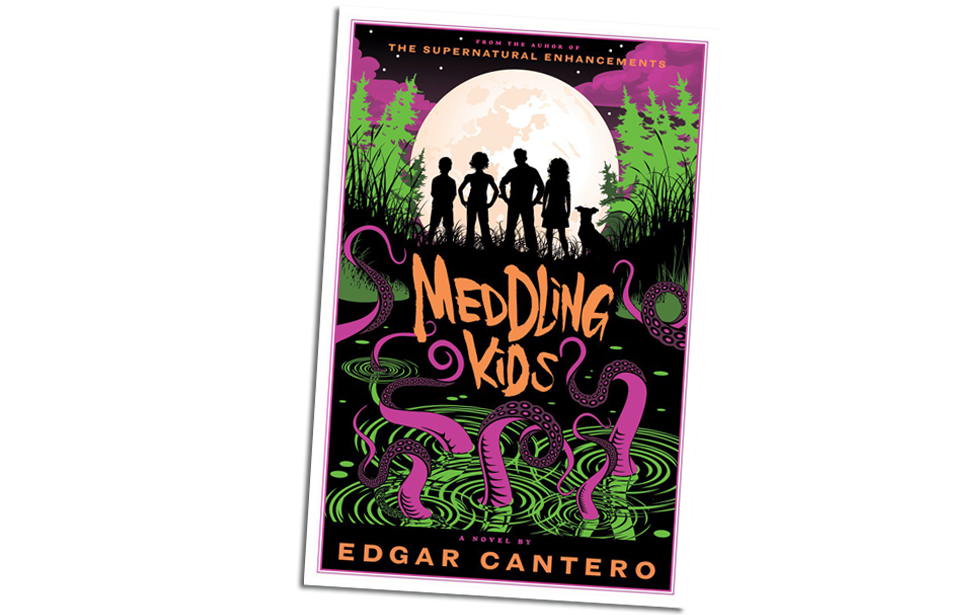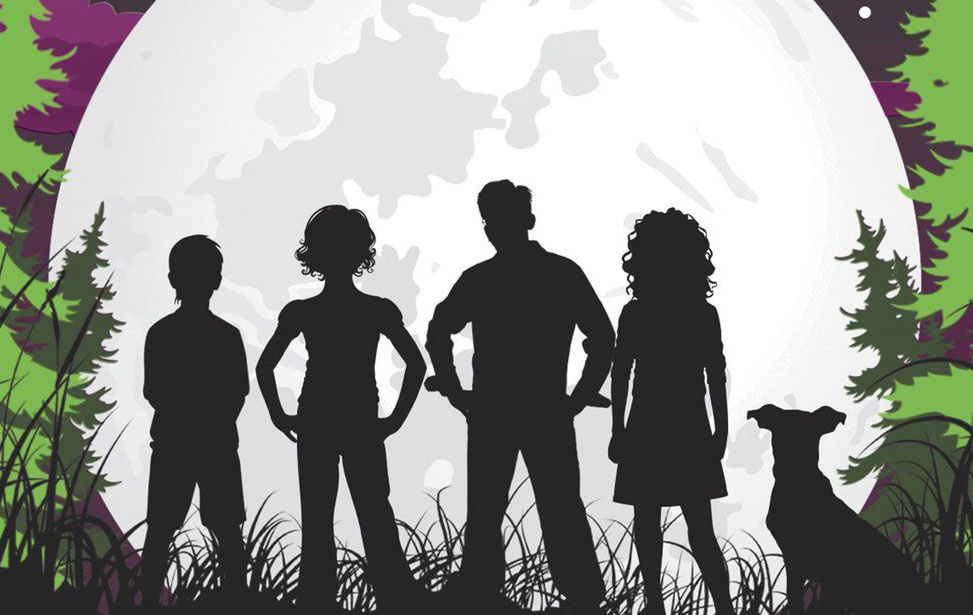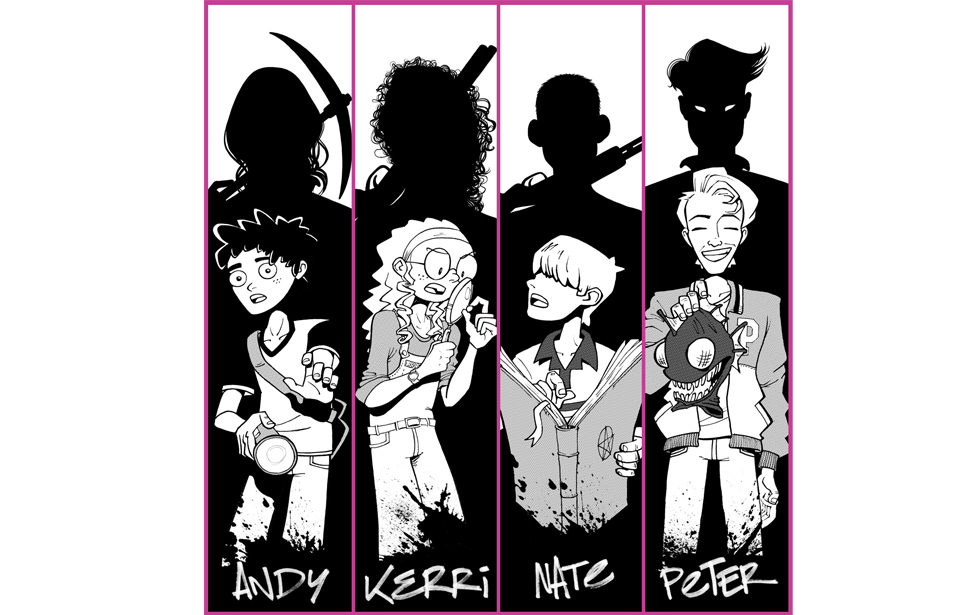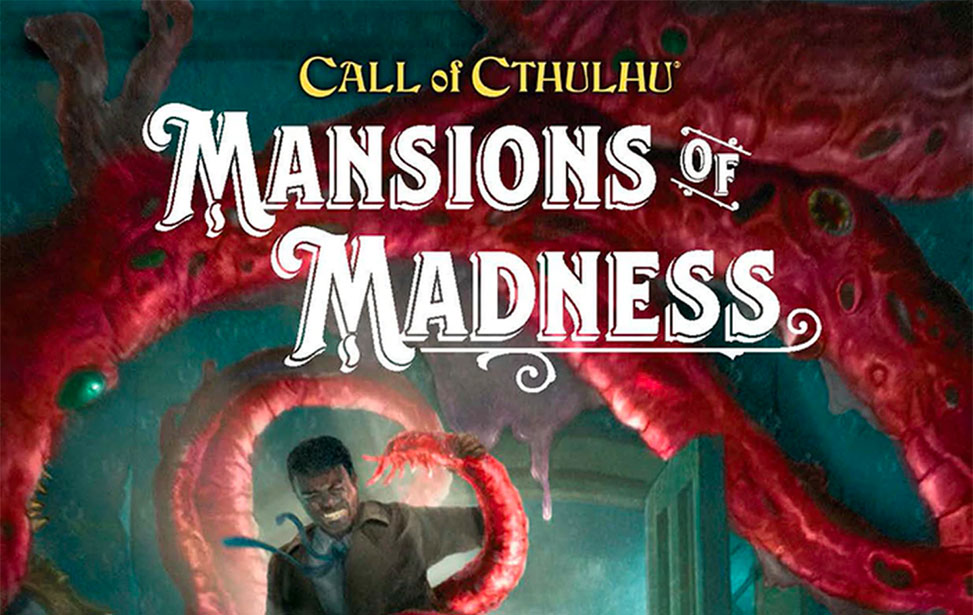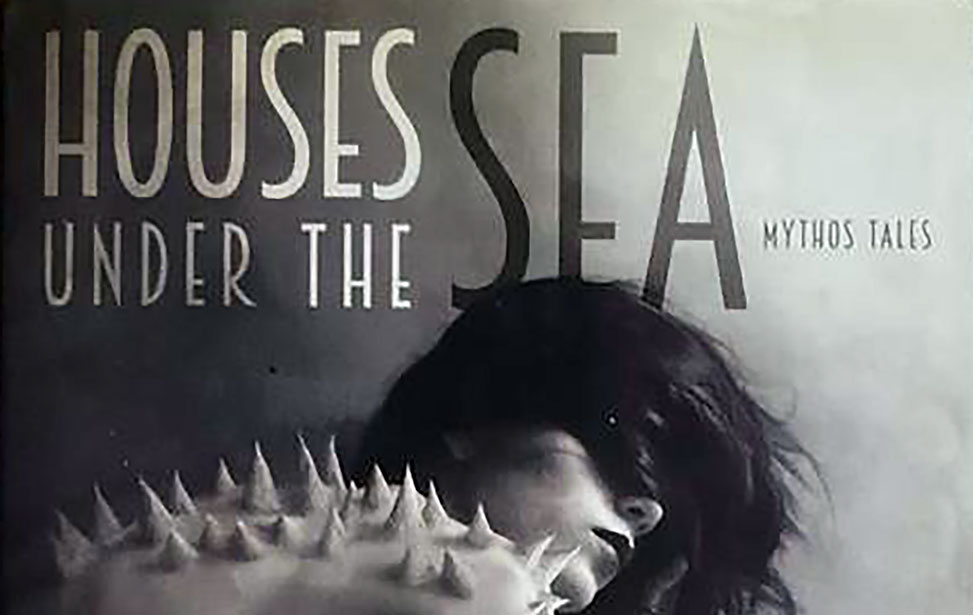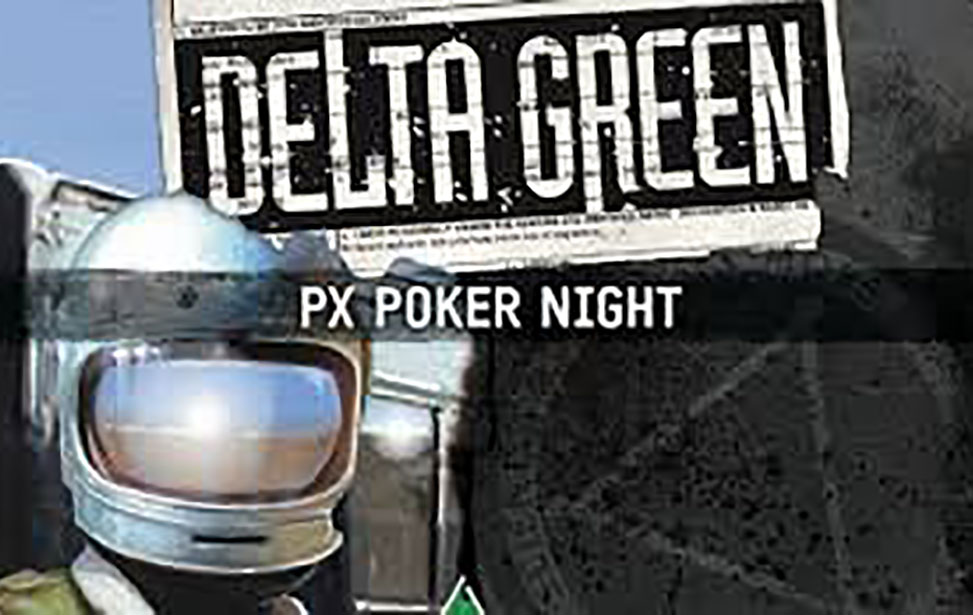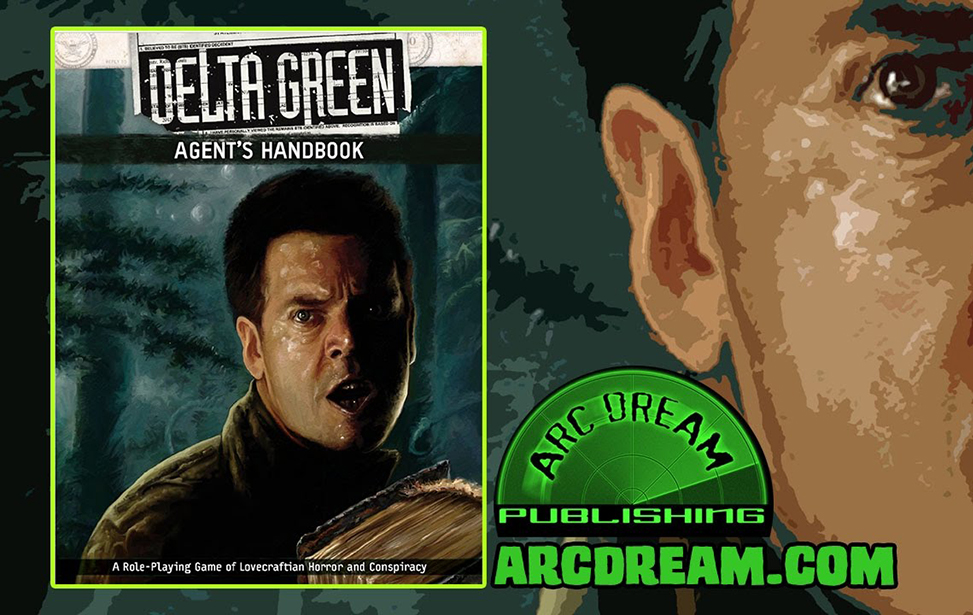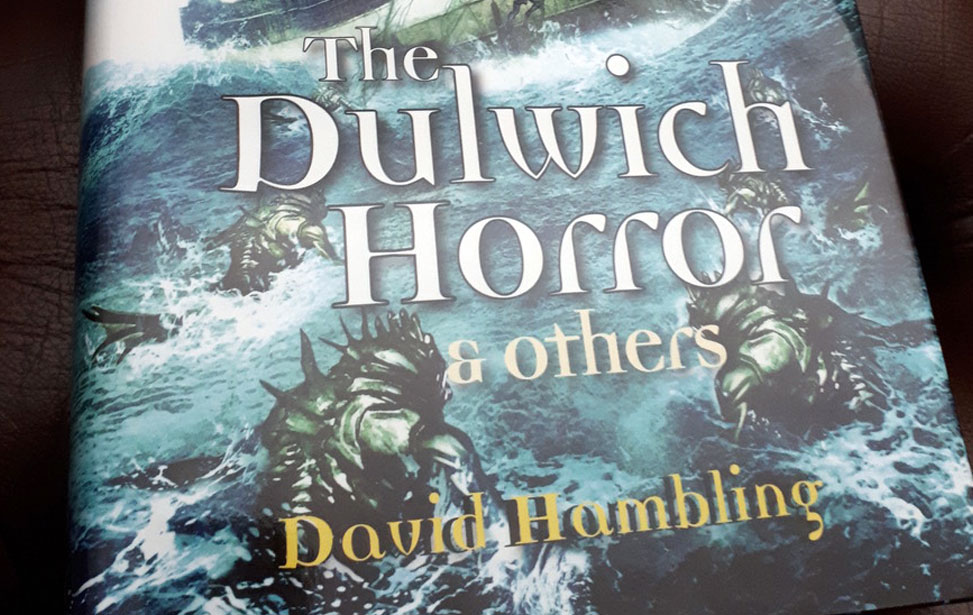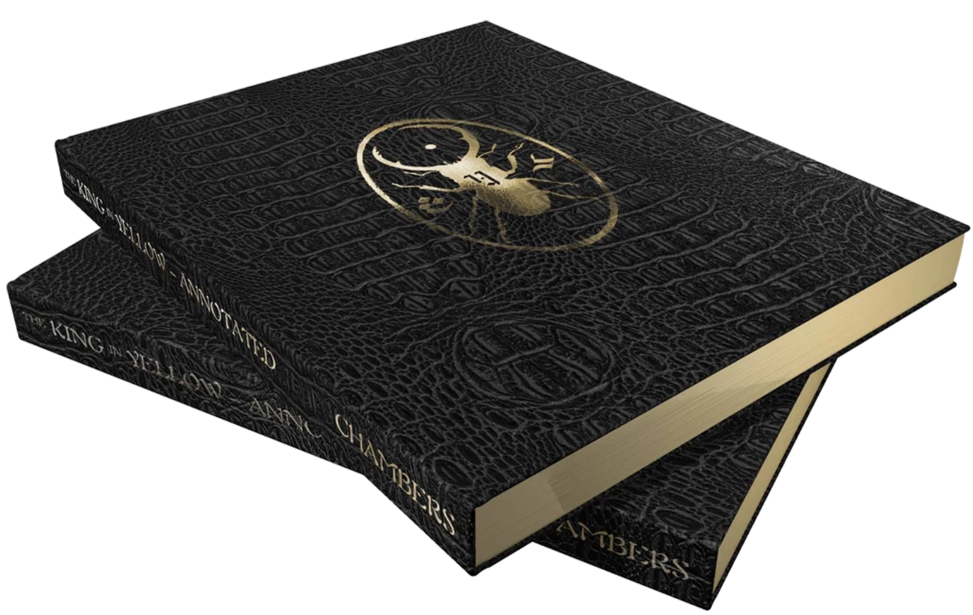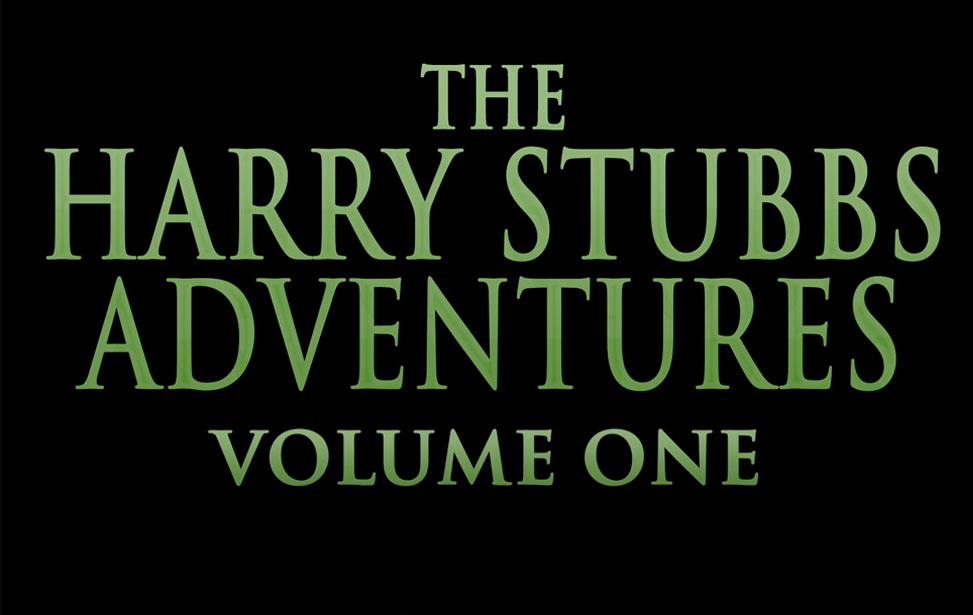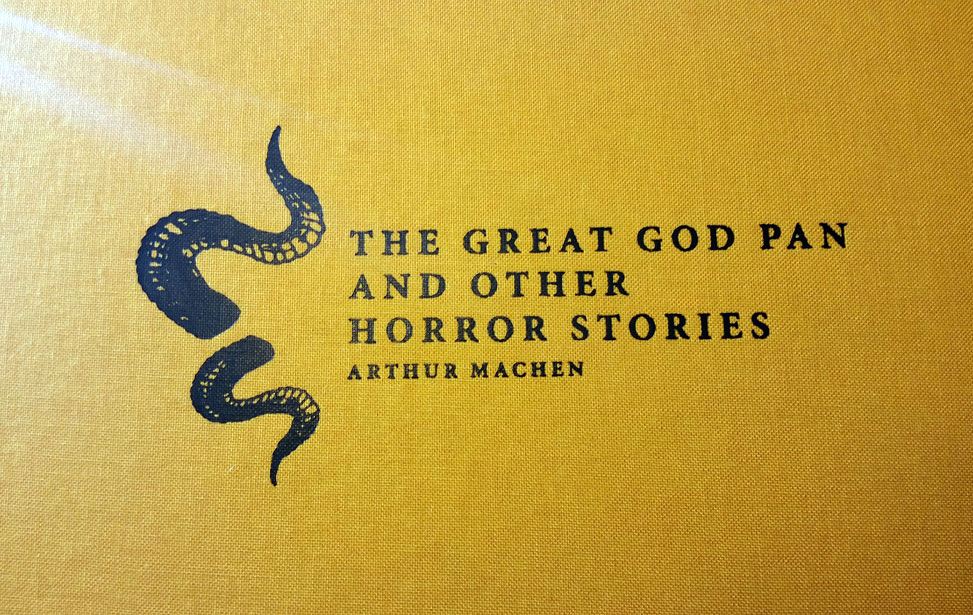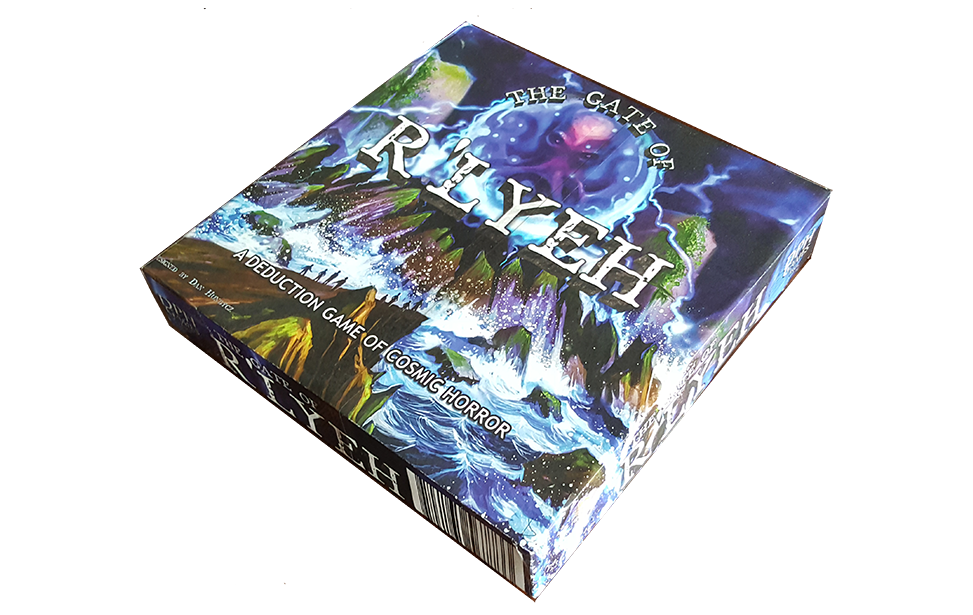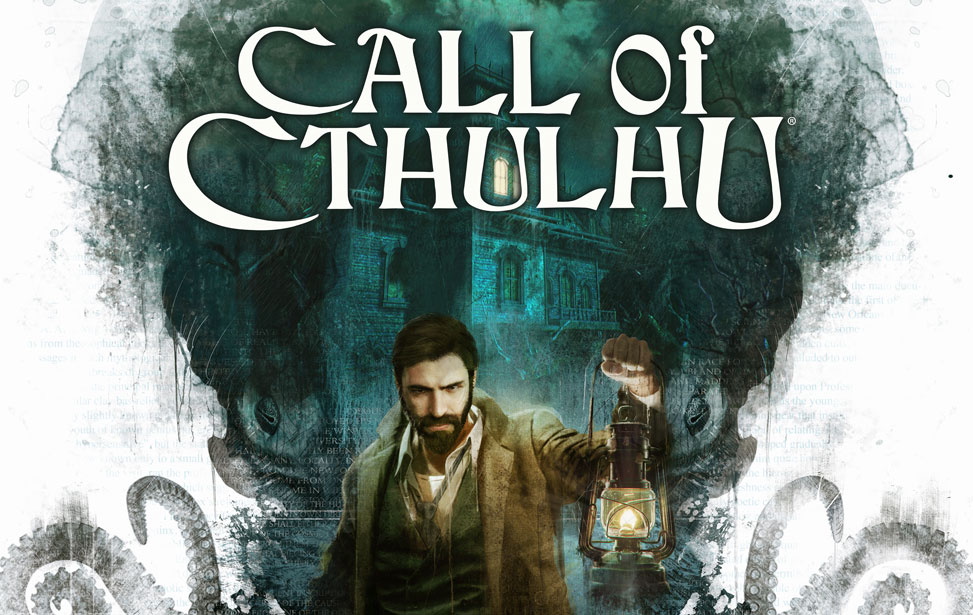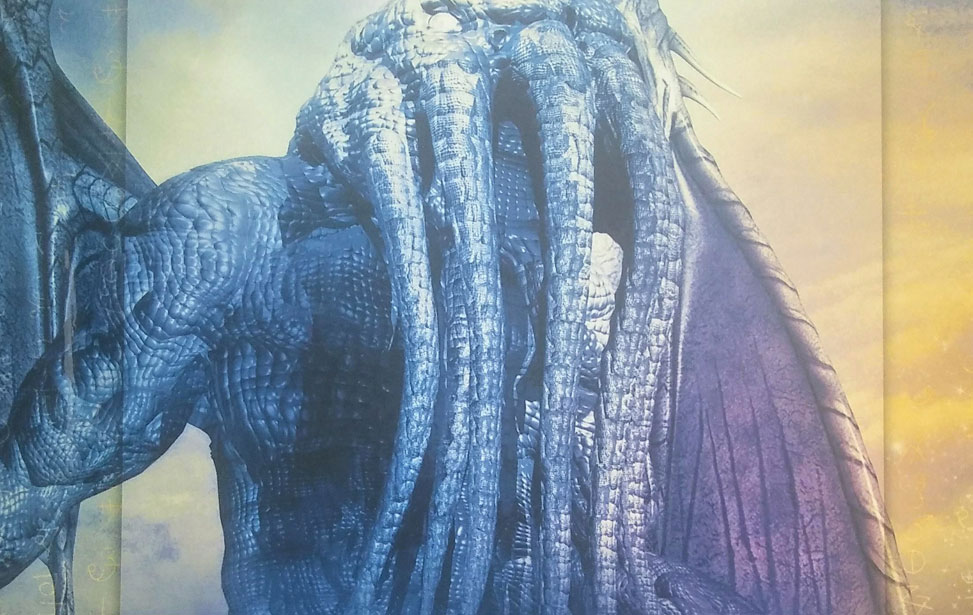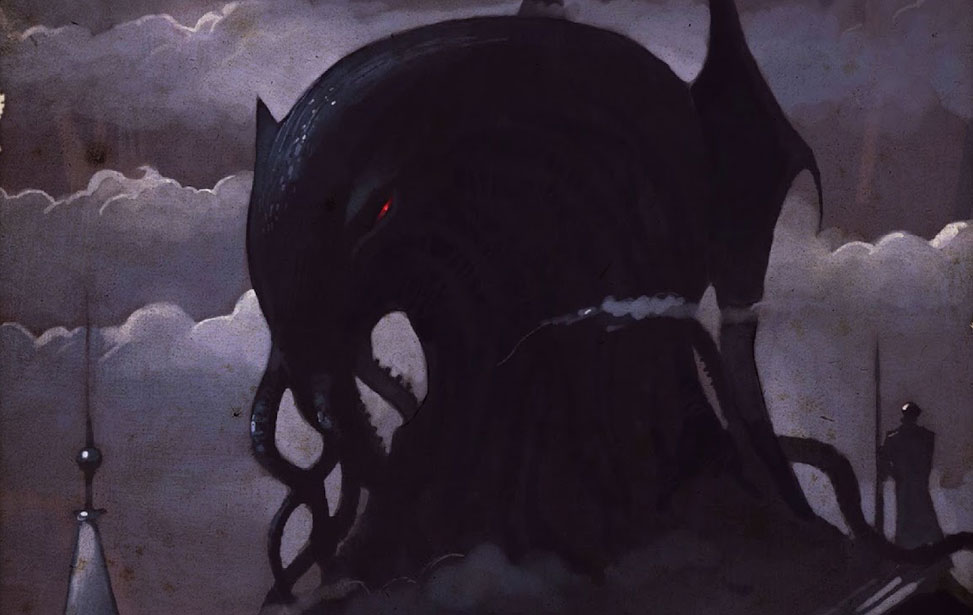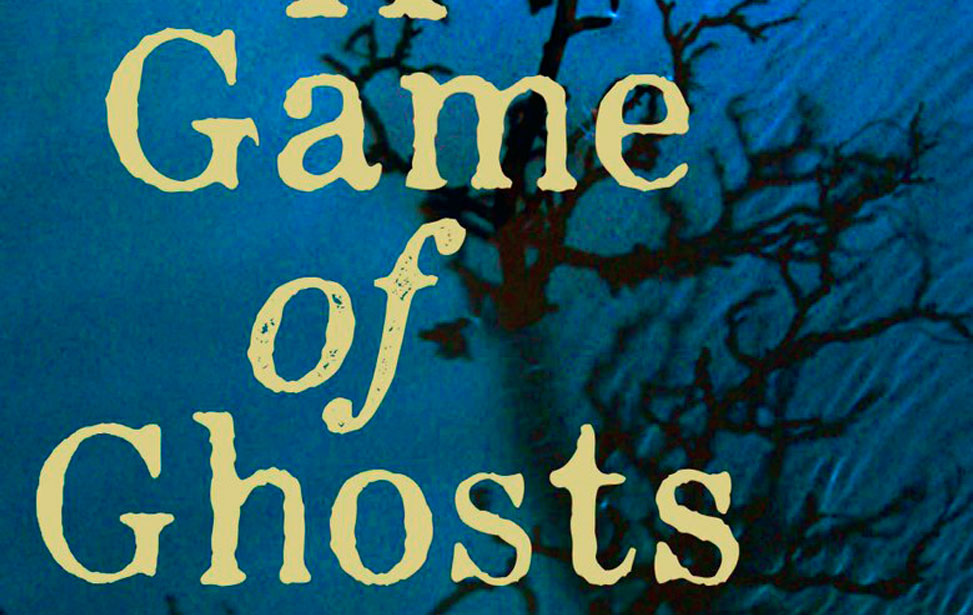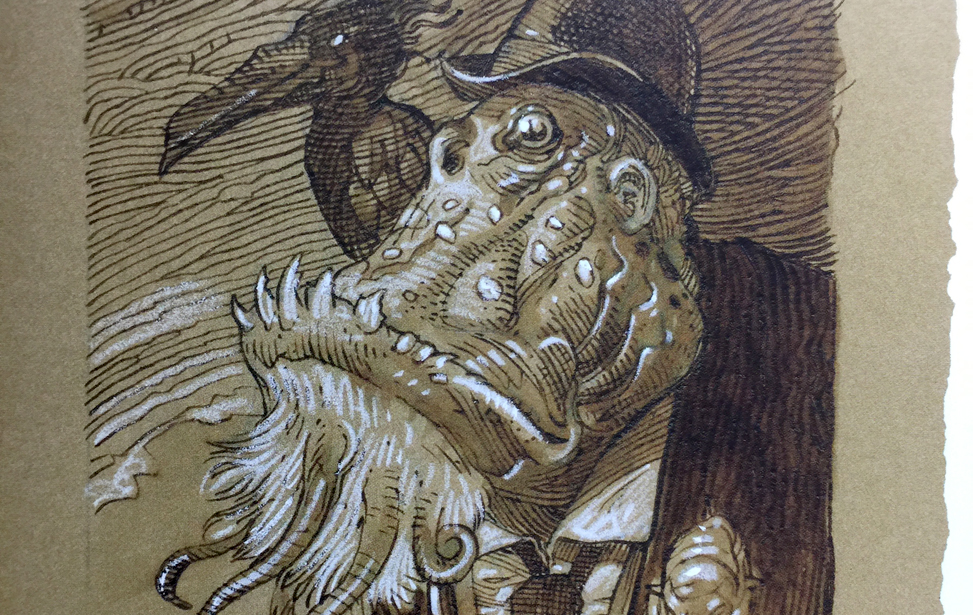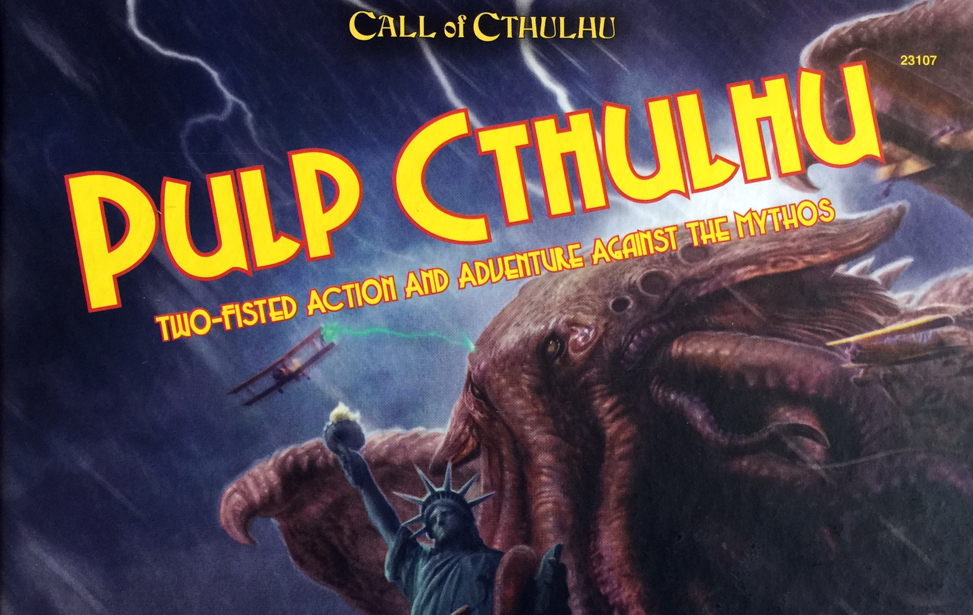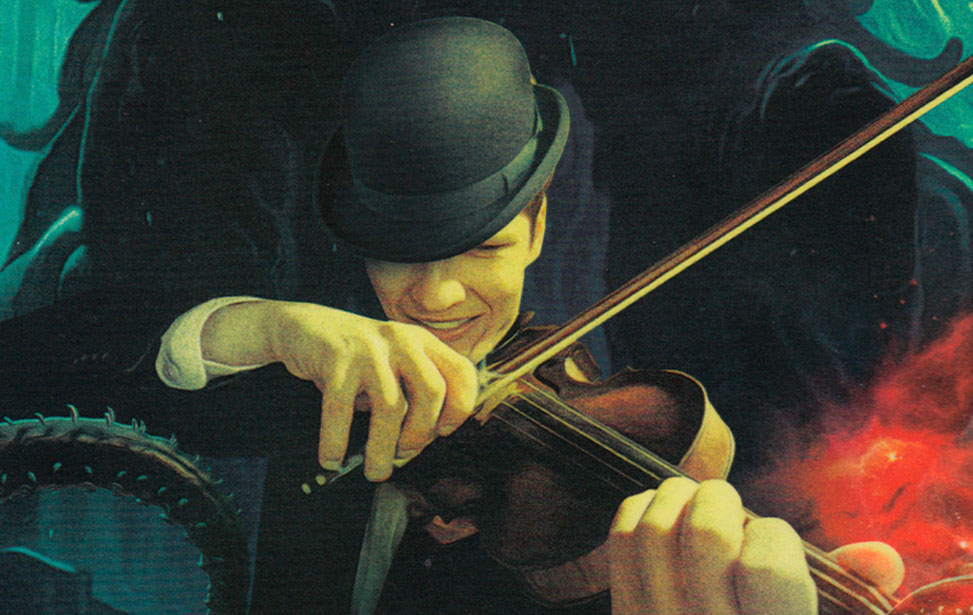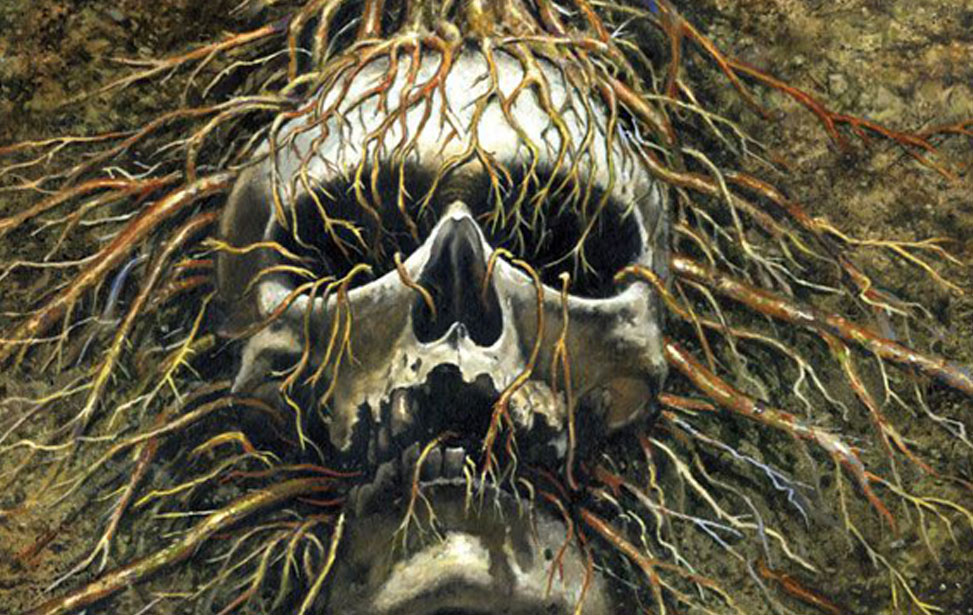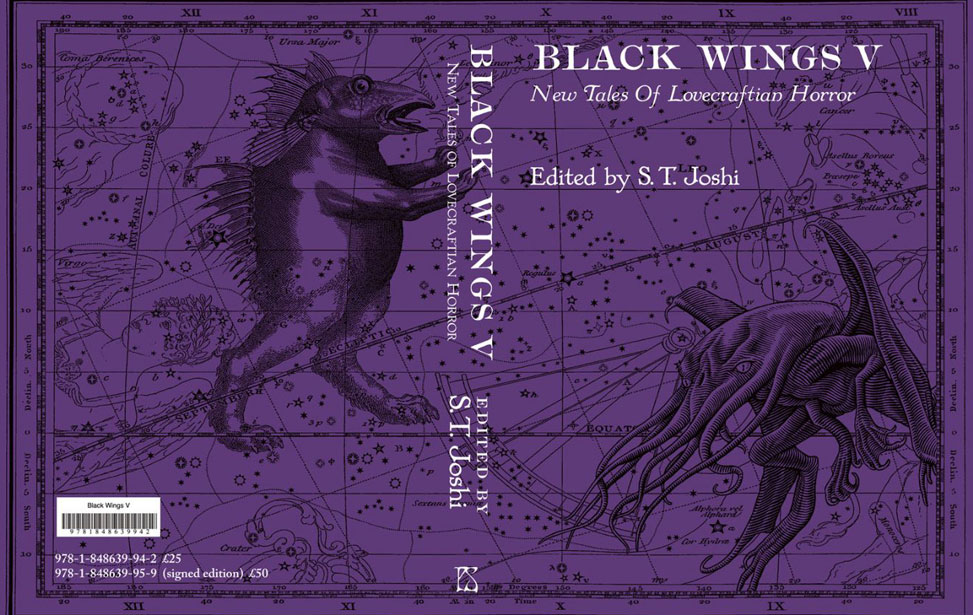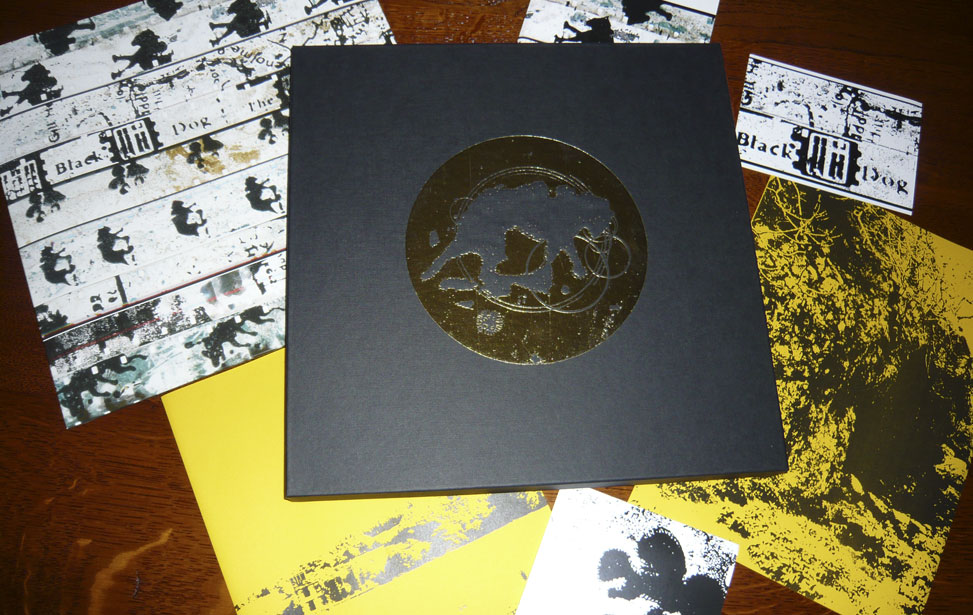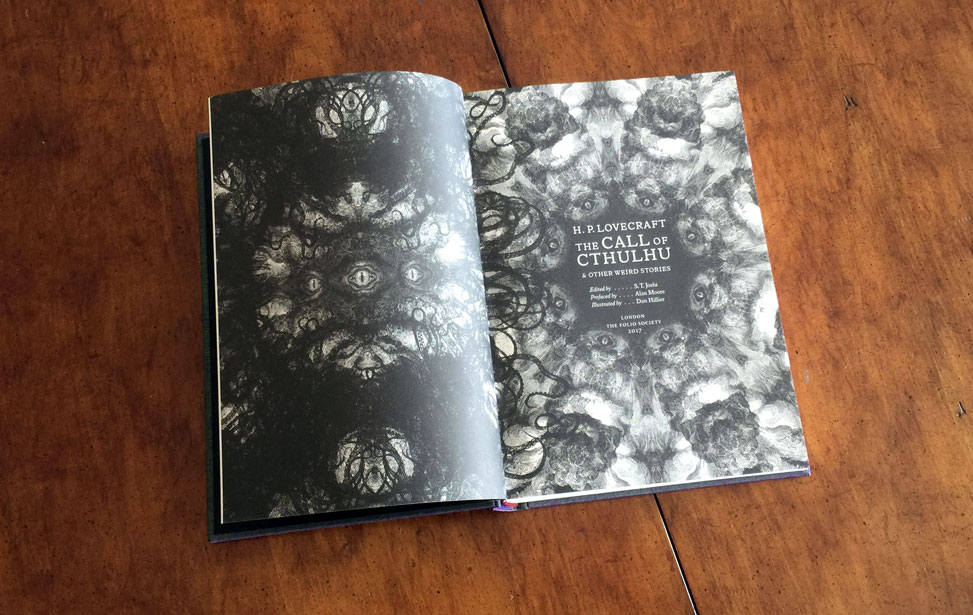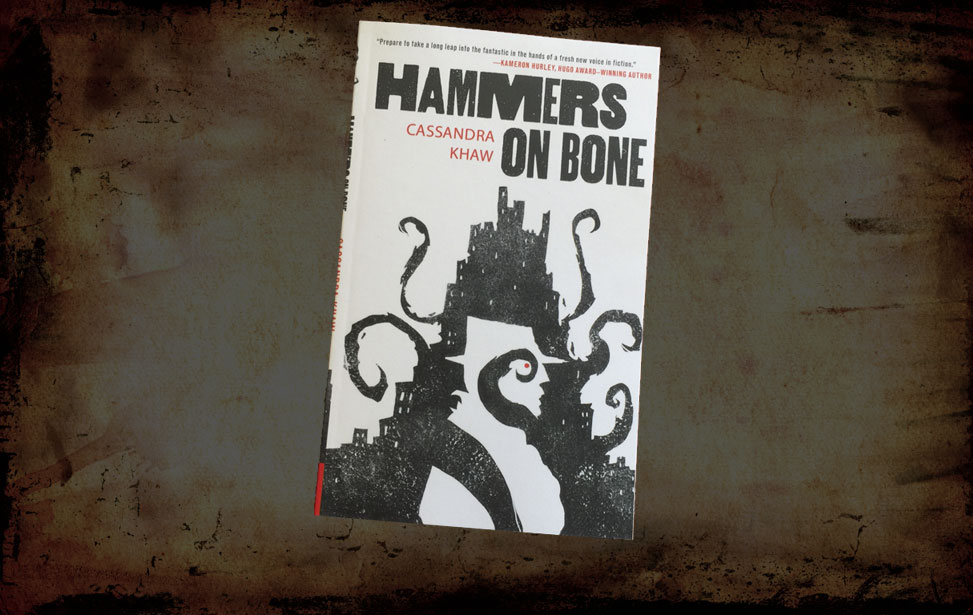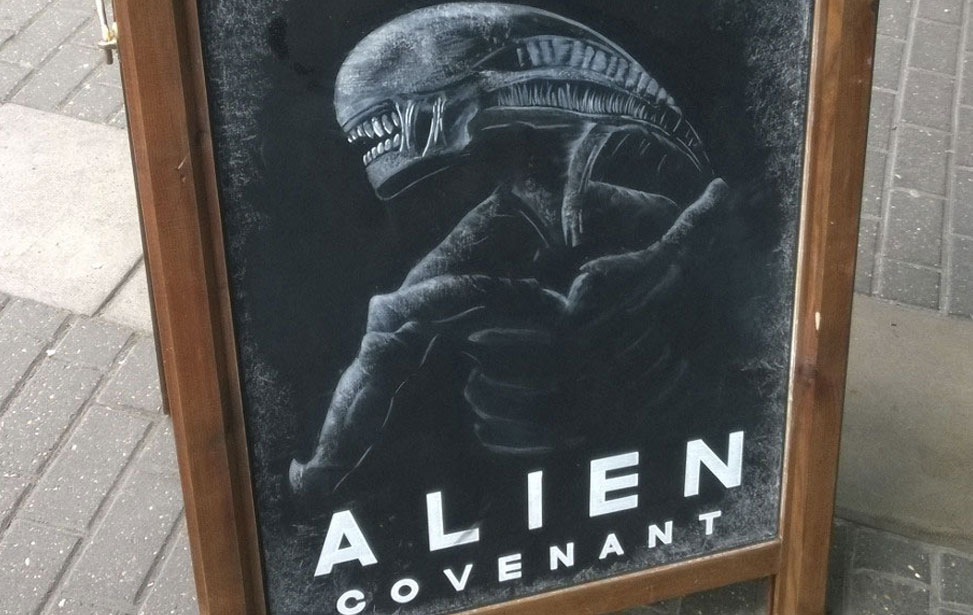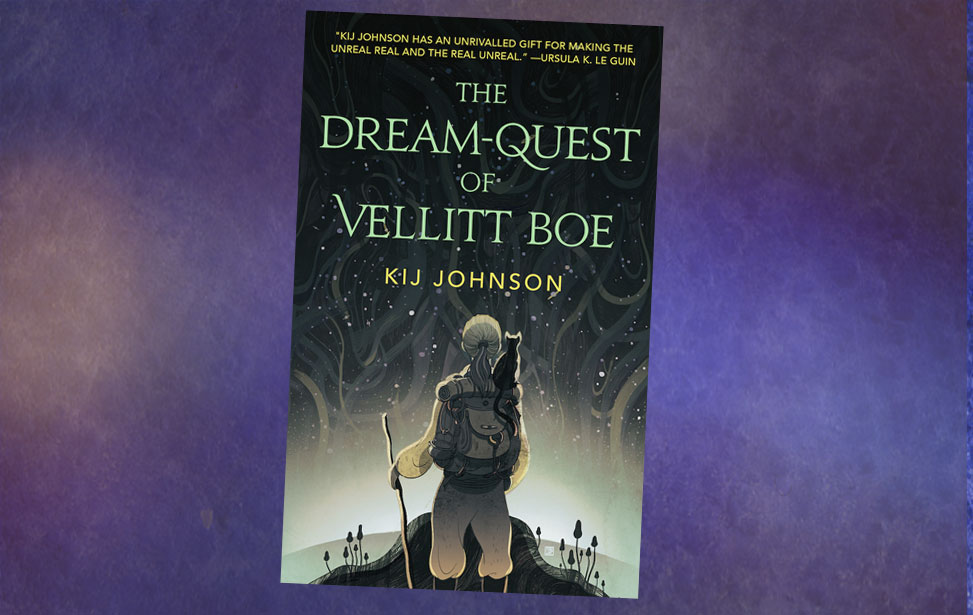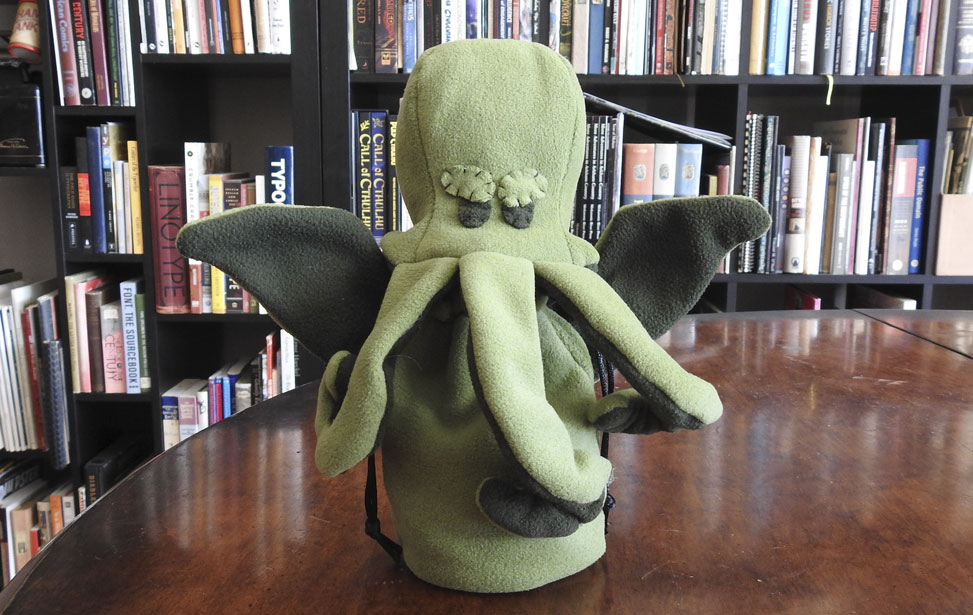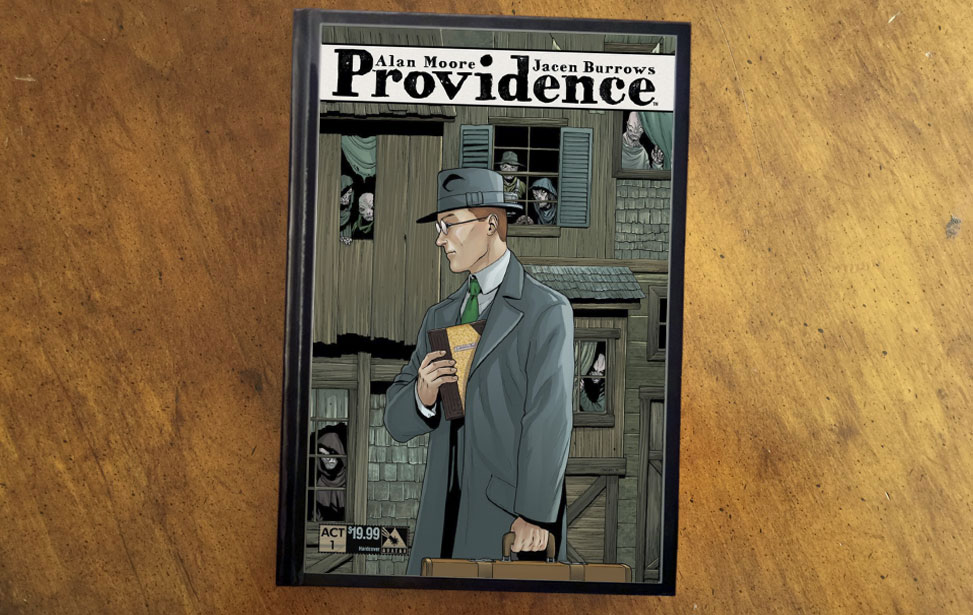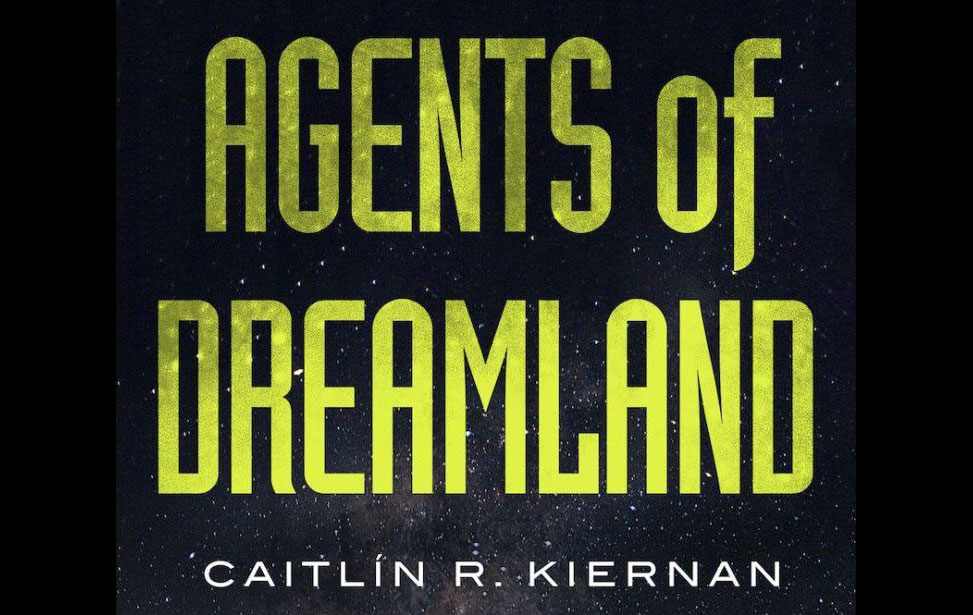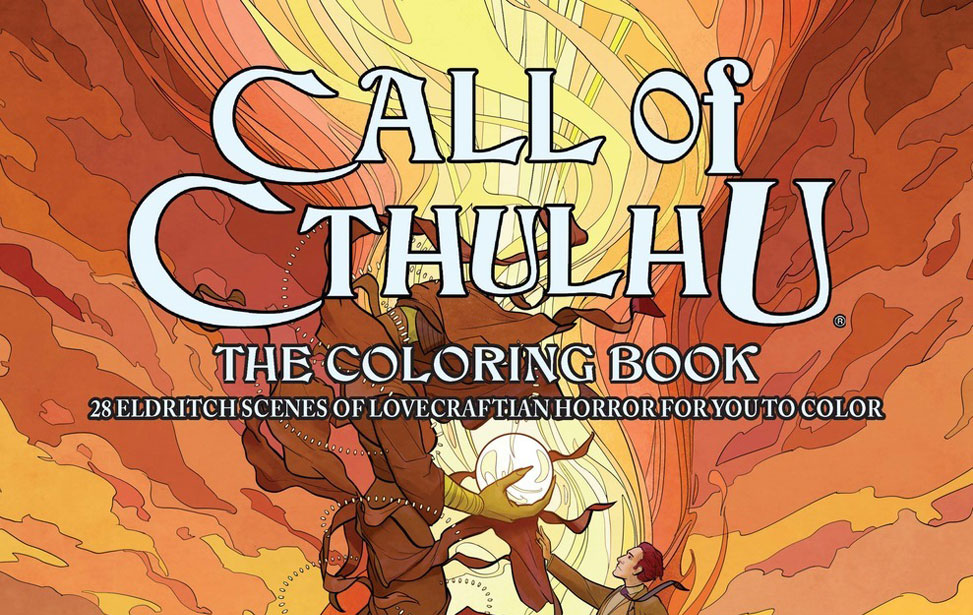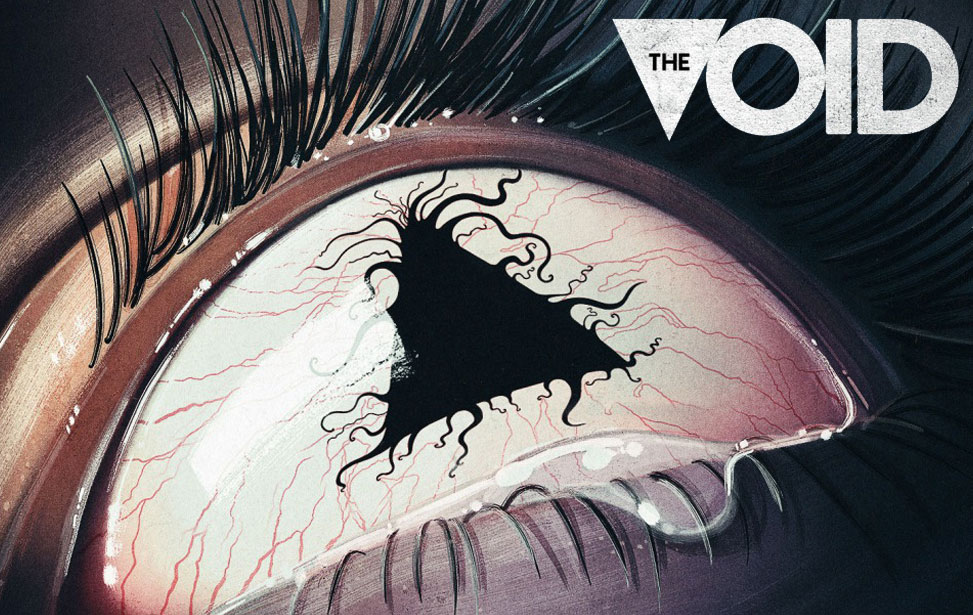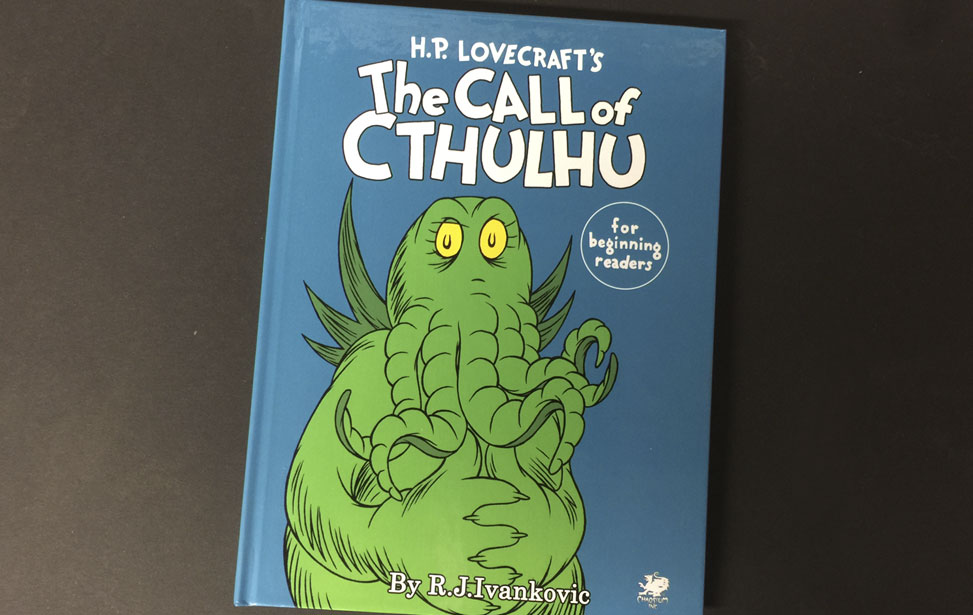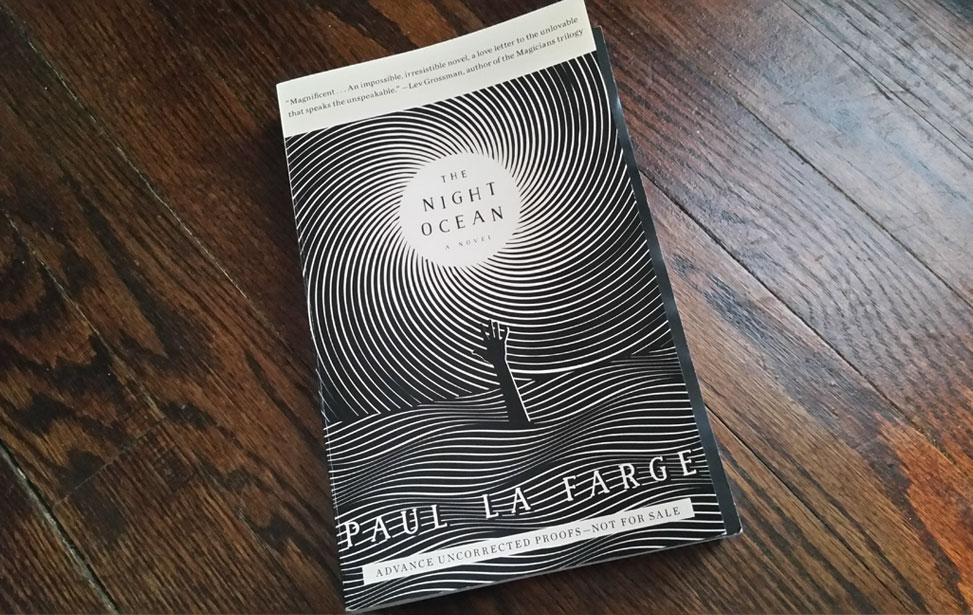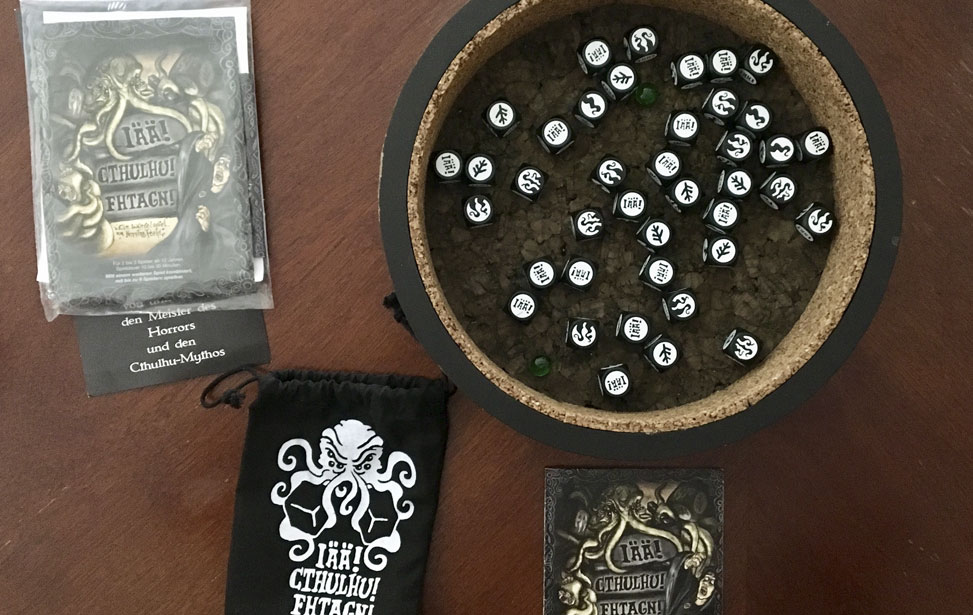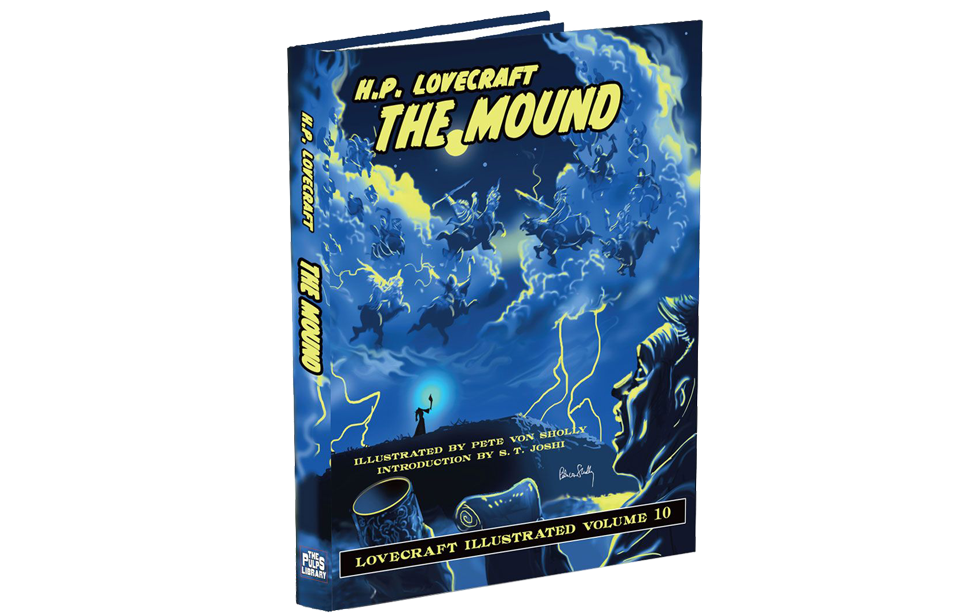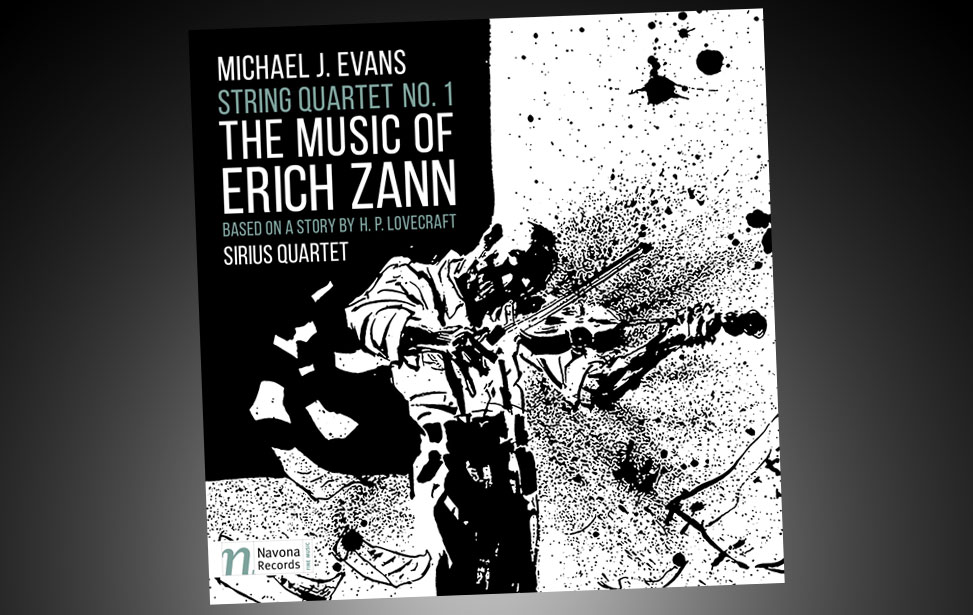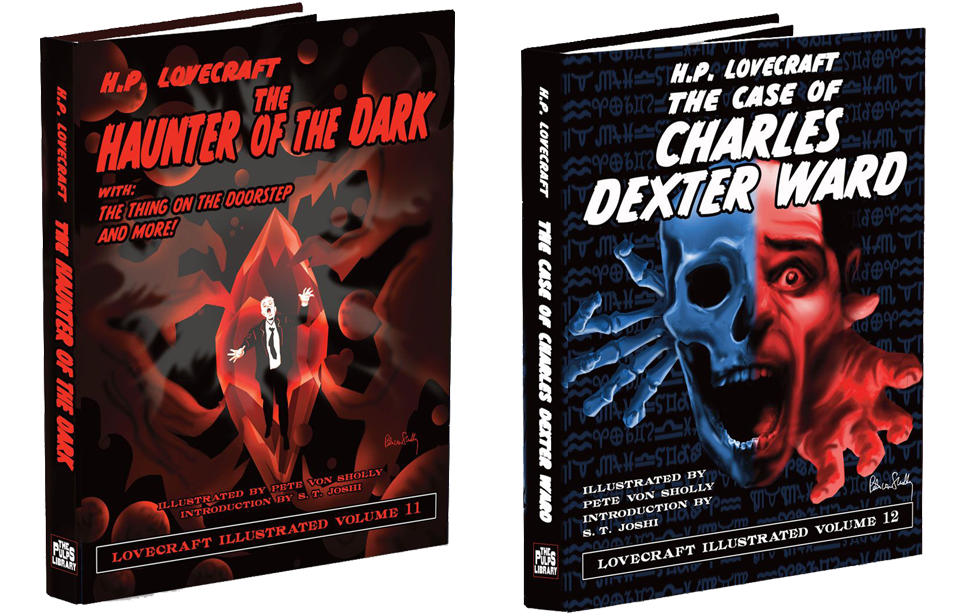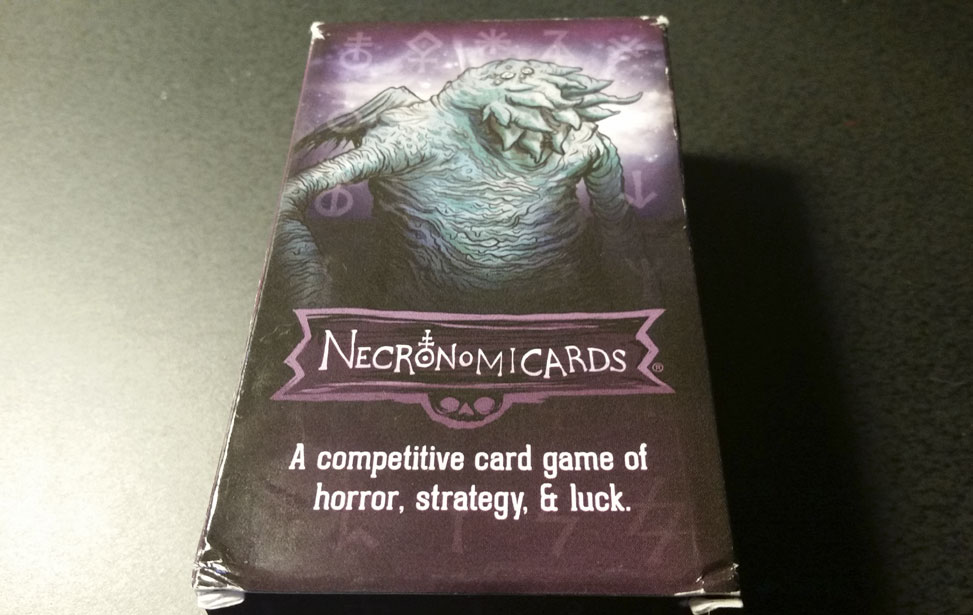Meddling Kids
Scooby Doo collides with HPL with a result that's not entirely satisfying to fans of either. There's plenty of Lovecraft in the mystery which confronts the gang (now in their mid-20s), but the adventure ends up feeling overwrought and not entirely satisfying.
- Overall: B B B B B
- Quality: Q Q Q Q Q
- Value: V V V V V
- Written by Edgar Cantero
- Published by Doubleday Books
- Price: US $26.95
Review by Sean Branney
August 28, 2017
As someone who grew up with the original Hanna-Barbera Scooby Doo cartoon and as a lifelong Lovecraft fan, I was utterly hooked by this book's premise: a grown-up version of the Mystery Machine gang taking on a Lovecraftian mystery. And while thoroughly populated with the tropes of both Lovecraft and Scooby Doo (and some Hardy Boys and Nancy Drew to boot), the underlying mystery doesn't manage to quite meet the potential of either of its pop culture progenitors.
For starters, one of the challenges is that the story's protagonists both are and are not the Scooby gang. Yes, the story is about two guys and two gals and their trusty dog who spent their childhoods investigating mysteries which often ended in the removal of a monster mask from a nefarious real estate developer. Sounds familiar, no? But perhaps due to strong feelings from Hanna-Barbera's legal team, our heroes are NOT Fred, Daphne, Velma, Shaggy and Scooby. Our protagonists are somewhat like them, yet since they're not them, Edgar Cantero has taken some pains to draw characters unique from the ones on the old animated show. I can understand why he did this, but as a reader, you end up fighting a persistent disconnect between the archetypes from which the characters are drawn and the characters themselves. As an example, Andy, the Velma-esque character, is now a Latina martial arts master. That's a fine character to have in the story, but as she's already indelibly burned into the memories of readers as Velma, it creates a strange tension that persists through the book.
The teenage crime solving gang long ago left the idyllic Oregon town where they solved their countless crimes. Now in their mid-20s they're estranged from each other, each lost in their own isolation. So they put the band back together and return to the scene of their last and most impactful caper in the hopes of sewing up some loose ends and chasing away their metaphorical demons. But the return to Oregon brings them to a town greatly changed from their old mystery solving days and they happen upon a mystery drawn with elements from a number of Lovecraft stories. The HPL references begin subtly and slyly but become increasingly overt as the novel goes on. The in-jokes and references will be fun for fans of Lovecraft, but ultimately the supernatural horrors at work here never conjure up the menace they could have in a Lovecraft story. Why? Because at the end of the day, we're still really in a slightly distorted version of the Scooby Doo world. As a result the story never gets around to being genuinely dangerous (despite generous doses of violence); nor does it have the warmth and charm of the original Scooby Doo stories. As a result, the novel ends up in a strange limbo between the two worlds that it seeks to marry.
